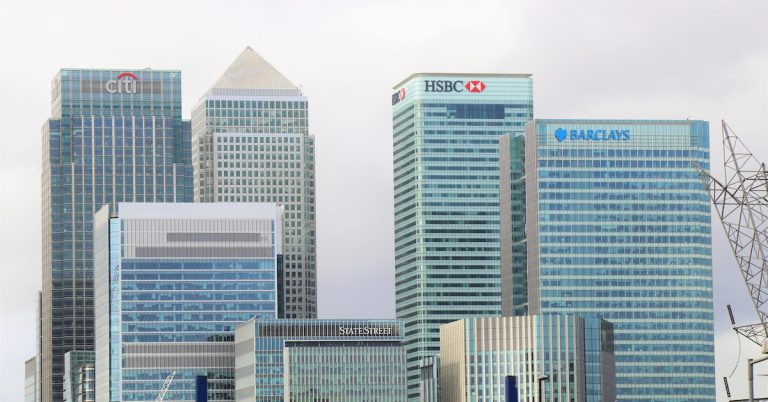The minimum capital requirement for savings and loans companies (S&Ls) in Ghana is GH¢15 million. This significant increase from the previous requirement of GH¢7 million in 2018 was implemented by the Bank of Ghana (BoG) to strengthen the financial sector. Effective from January 1, 2019, all S&Ls in Ghana were given a transition period of six months to meet the new capital requirement, making July 1, 2019, the deadline for compliance.
Strengthening the Financial Sector
The decision to raise the minimum capital requirement for S&Ls was part of a comprehensive effort by the Bank of Ghana to enhance the stability and resilience of the financial sector in Ghana. The primary objective was to equip S&Ls with the necessary financial strength to withstand shocks and provide long-term financing to businesses and individuals.
By increasing the minimum capital requirement, the Bank of Ghana aims to ensure that S&Ls have the capacity to weather financial challenges and contribute to the sustainable growth of the economy. This move promotes a robust financial environment and instills confidence among investors and stakeholders.
Compliance and Capital Adequacy
Following the introduction of the new capital requirement, the majority of S&Ls in Ghana have successfully met the GH¢15 million threshold. However, a few institutions are still in the process of raising additional capital to fulfill the requirement. This ongoing effort highlights their commitment to meet the regulatory standards set by the Bank of Ghana.
The minimum capital requirement serves as an essential aspect of the capital adequacy ratio (CAR) framework in Ghana. The CAR is a measure of a bank’s financial strength and its ability to withstand losses. The Bank of Ghana sets the CAR requirement at 10% for banks and other financial institutions. It ensures that these entities maintain a minimum level of capital in proportion to their risk-weighted assets.
Calculating Capital Adequacy
The capital adequacy ratio is determined by the Bank of Ghana using a risk-weighting system. Each asset class is assigned a specific risk weight, indicating its contribution to a bank’s CAR. Cash and government securities, considered low-risk assets, are assigned a risk weight of 0%. On the other hand, loans to corporates, which carry a higher level of risk, are assigned a risk weight of 20%.
Monitoring the CAR is a crucial responsibility of the Bank of Ghana. Regular assessments are conducted to verify compliance and ensure the stability of the financial system. If a bank’s CAR falls below the required level, the Bank of Ghana takes appropriate measures to strengthen the bank’s capital position. These measures may involve raising additional capital or divesting certain assets to enhance the bank’s financial stability.
Stability and Protection
The capital adequacy ratio plays a vital role in safeguarding the financial system and protecting depositors and creditors in the event of a bank failure. By enforcing a minimum capital requirement, the Bank of Ghana promotes the stability of the financial sector, reducing the risk of financial shocks and ensuring that banks have sufficient capital to support their operations.
As of April 2023, the average capital adequacy ratio for banks in Ghana stood at an impressive 14.8%. This figure reflects the high level of capitalization among banks in the country and their ability to absorb potential losses effectively. It is a testament to the soundness of the banking sector in Ghana.
Conclusion
The increase in the minimum capital requirement for savings and loans companies in Ghana demonstrates the Bank of Ghana’s commitment to fortifying the financial sector. By setting higher standards, S&Ls are better positioned to withstand economic uncertainties, provide long-term financing, and contribute to the sustainable development of Ghana’s economy.
With the ongoing efforts to meet the capital requirement and the robust capital adequacy ratios exhibited by banks in Ghana, the financial sector remains well-prepared to face future challenges and foster economic growth.
Related:



